Motorcycle Investor mag
Subscribe to our free email news
Buying advice – classic motorcycles
(September 2020)

That Classic Caper
by Guy 'Guido' Allen; pics by Ben Galli Photography & Stuart Grant Photography & files
Everyone’s in the market for a classic these days, right? Maybe. Let’s take a spin through some of the basics of getting one for yourself
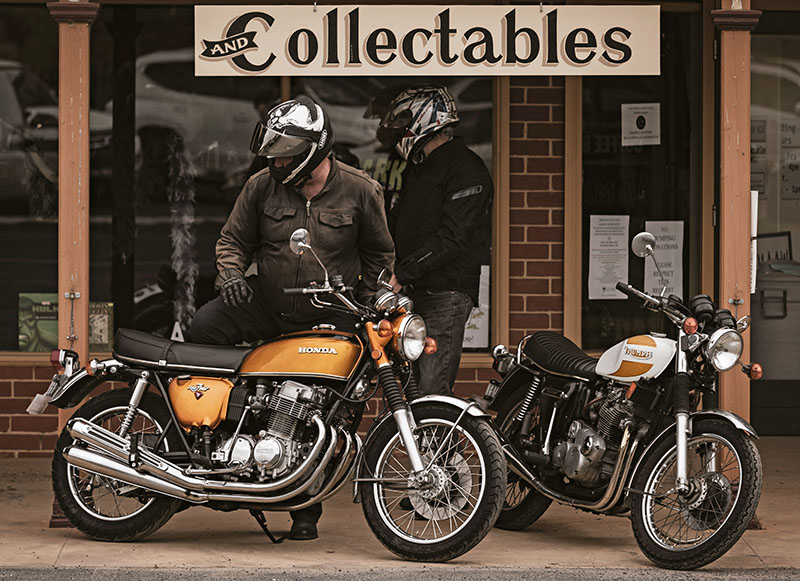
There was a time when I would have happily admired someone else’s classic motorcycle, but the thought of owning one was ridiculous. Who’s got the time, money or motivation for that? And what’s the point?
Maybe it’s a sign of my brain turning to mush over the years, but there are now several in the shed and there seems to be an ongoing urge to add to the dramas. Actually I do recall a turning point. It was being invited in to see a friend-of-a-friend’s shed and there were half a dozen of so beautifully-presented old Brit bombers, all spokes, carburetors, pinstripes and shiny chrome, sitting smugly in a line.
You see this sort of thing in museums, but tripping over it in someone’s shed, behind a modest house on the outskirts of a country town was a bit of a revelation. His motivation? He loved old bikes and they brought back happy memories.
These days, you will come across folk who say they’re socking away old bikes as a form of savings bank or superannuation. I kind of get that, though the risks are significant and I suspect you’re better off approaching it as a bit of fun where you’ll generally (with a bit of luck) get your money back.
Great, so what to buy? While classic might loosely be defined as something old and of interest or importance, that’s just a bit too broad to be of much use.
The real question might be, what makes a classic valuable? There is no single factor – it’s a combo of several. For example rarity on its own doesn’t cut it – maybe they’re rare because no-one liked them, and still don’t.
What you look for is something that looks good (yep, I’m serious), was in demand when it was new, might be rare, was a premium model, has exceptional performance for its day, has a successful race history or was made famous in some other way.
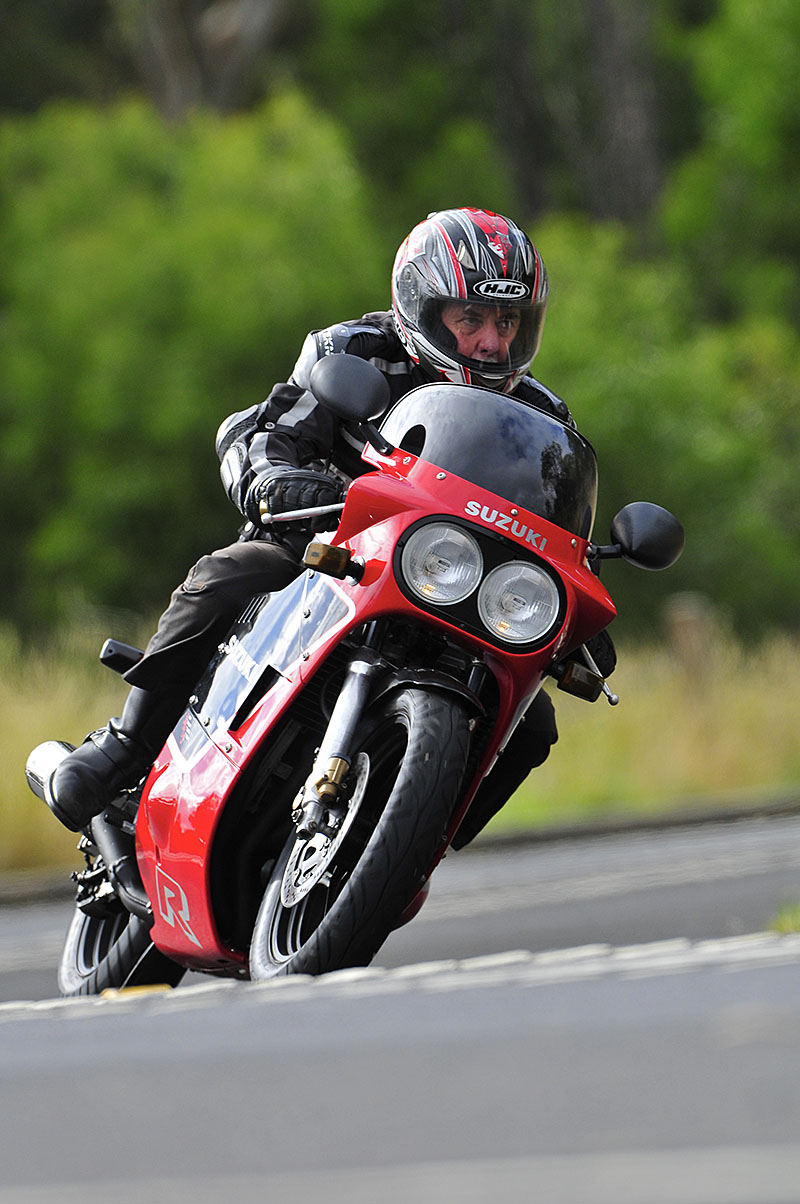
What model?
Here’s one of the secrets no seller of a classic
motorcycle dare tells you: They can be right bastards of
things to live with. On a deeply cynical day, you’ll be
forgiven for thinking old vehicles have a mean streak and
are just looking for new ways to screw you, and your
wallet, over.
Given that, the first bit of advice is don’t just buy something because your mate has one (though there can be sense in that), but something you have an affinity for. A toy you won’t mind putting a little extra effort into.
Beyond that, much depends on the depth of your pockets and experience. The fact is, an old single cylinder dirt bike from the sixties or seventies will deliver just as much joy as a Vincent, at a tenth of the cost.
The trick really is to do your research in advance. Once you’ve got a model or two in mind, get on the web and start researching. You’re looking for a bunch of things: pictures (particularly brochures), evaluations and road tests; clubs that support them; companies who can sell you spares.
I’m convinced that one of the things which has helped the classic bike scene boom over recent decades is the combination of internet and email. All of a sudden you’re not alone, and it’s created quite extraordinary networks for sometimes apparently obscure models.
As you’re gathering this info, it does actually pay to get across the details. For example, you’re in the market for a 1985 Suzuki GSX-R750F. Good choice – it’s a legendary sports motorcycle that hasn’t yet hit crazy prices. Now, there are several variants across different markets, and local buyers most often want the local model.
However it’s a world bike, so what’s the difference? At the time, Japan had some pretty harsh restrictions on what could be sold in the domestic market. So a J-market GSX-R750 had a totally different dash (three main gauges instead of two) with a restrictor built into the speedo that held the bike back to an indicated 140km/h with a max 160km/h indicated. If you were buying that machine, you’d need to budget for a complete dash swap to make it acceptable to the local market.
That doesn’t mean all grey imports are no good - far from it. For example, an ex-Japan Ducati 916 I bought some years ago was no problem at all. By then the regs had been eased off.
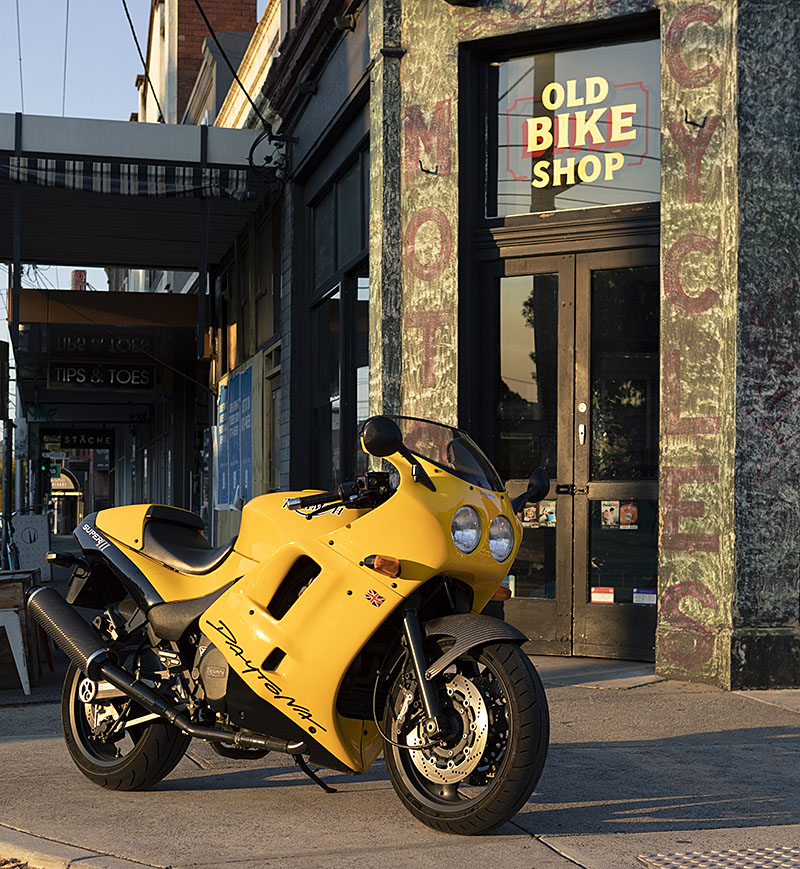
Myths and numbers
Among the numerous things people get obsessive about with
classic motorcycles is numbers, on two fronts, as
production figures and the actual digits stamped on the
machine.
Let’s start with the most popular myth first: that whatever you’re buying should have matching engine and chassis numbers. Codswallop. Again, do your research. I can think of two easy examples I’ve been involved with recently: a MkIII Norton Commando and a first-edition Kawasaki GPz900R. Neither series left the factory with matching numbers. In fact, if you do have matching digits, it’s either been messed with or is a complete freak coincidence.
Where matching numbers exist, people like to have them and it does have an impact on the value of the bike. However it has no effect on how it should run. Assuming the engine and chassis are from the same series, there’s no technical reason why it should feel any different.
Production figures on rare models are a bit of a nightmare. The thing is lots of makers have either gone out of business or were terrible at long-term record-keeping. They were selling new motorcycles for heaven’s sake, who cares how many they made years down the track?
Quite a few of us, apparently. My favourite example is the ongoing debate over the first Hinckley Triumph Super III. This was the most exclusive model of the range in the mid-90s. Though ‘only’ a 900, it was more expensive than the Daytona 1200. Several online sources quote build figures of around 300-500 and go up to 800. Meanwhile a display at the British National Motorcycle Museum once put the number at 205. The correct number? It's 805.
Substitution has become a racket, though not necessarily a common occurrence. Author Ian Falloon runs an international authentication service and tells the tale of a green frame Ducati 750SS, now worth very serious money, being cloned. The original was locked away in a museum for decades while a copy, with the same ID numbers, was pinged getting around on the auction circuit.
Another issue is tripping over a model that looks okay, but is in fact cobbled up. A Ducati 250 Mk3 recently turned up at a local auction and looked more or less right to the untrained eye. Falloon cautioned against it, describing it as a “Frakenstein bike”, in other words the combination of parts from a few models.
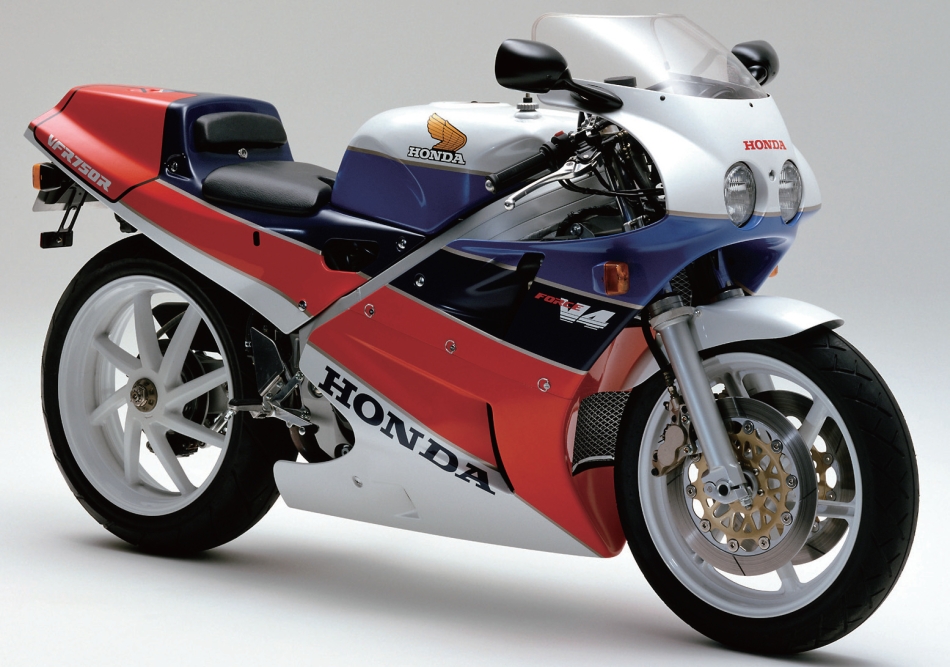
What condition?
Here’s one of those rare true-isms that works in real
life: spending a little extra and getting a good one,
ideally with a known history, always ends up being the
cheapest option.
So what’s a good example? Something with ultra-low or no miles looks attractive, but has traps for the unwary. If it has sat for decades, it will quite likely need a rebuild to replace seals and so-on.
If it’s zero miles, then are you buying it to use or have as a trophy? If it’s the latter, that’s fine, do not start it. Hide the keys and keep the original crate – we’re talking about a whole different market made up of investors and collectors, rather than riders. And they do have serious spending power. For example, a zero-mile Honda RC30 went for US$115,000 (Au$160k) at a recent American auction.
In any case, a runner gets all the same checks you’d give any motorcycle. Here’s another true-ism for you: engines are generally easier to find or substitute parts for than the cosmetics.
So a good engine is usually a cost issue. However missing cosmetics just might be a deal-breaker unless you’re sure you can get a good replacement. When I say ‘good’, it’s worth being aware of the quality of aftermarket bits.
For example I had cause to buy indicator lenses and a front guard for my Triumph T160 not so long ago. The lenses weren’t right – the colour and stampings were off. The guard meanwhile looked fine but felt thin and cheap compared to the original, which I repaired. Sometimes what you feel on a purchase is as important as what you see.
Having said all that, what about a basket case or one in need of a resto? Rule 1: never, ever, believe the seller’s assessment of ‘90 per cent there’. It never is. They might be delusional, wrong, or have no understanding of maths. It might be 90 per cent in terms of bulk, but you’re up for another 90 when it comes to expense. Are the bits on offer correct and how much of it is flogged out?
The other side of the assessment is time. Many of us get these unreasonable urges to go and restore a motorcycle – how hard can it be? Yes, you can learn a lot (about yourself as well as the motorcycle!) in the process, but do you actually have time? This is one of those situations where a spare hour here or there doesn’t really work. You need to be able to put aside days, and preferably a bunch of them close together.
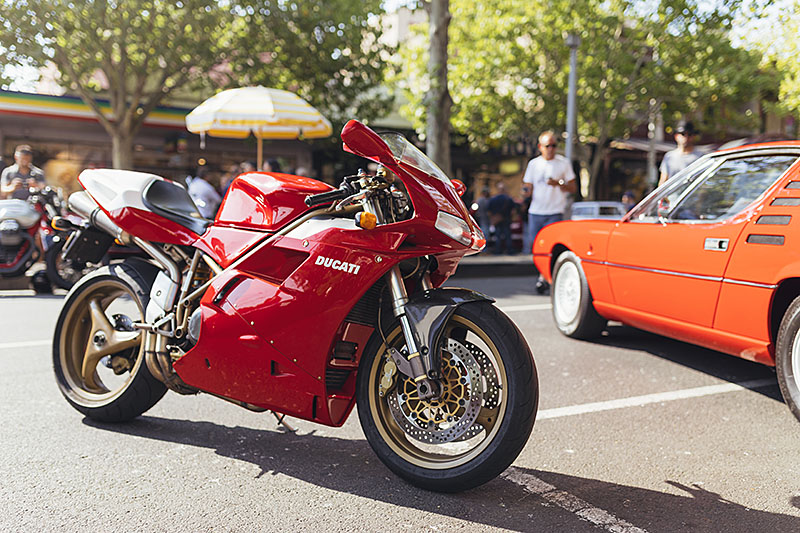
Market watch
How much you pay for a classic toy will, to some extent,
be dictated by the market. But what drives that? A whole
bunch of things. For example, we know the local classic
motorcycle market is influenced by housing interest rates
and even major weather events. Fires and floods are not
good for business generally.
Having said that, there is a stratosphere well beyond us mere mortals that always seems to have money. Gold-plated investments, like Crocker twins, Vincent Black Shadow, Brough Superior SS100, original green-frame Ducati 750SS and the like will always find a well-heeled audience.
It’s the mid and lower regions which tend to be more volatile. If you’re watching the market, there may never be an ideal time to strike – it’s a whole lot easier to simply buy at what is a reasonable price at the time and hope for the best.
You can however get a little ahead of the market. In Australia, most states have a 30-year age rule for club plate or concessional registration. And we have seen prices for club-eligible machinery firm up. Does it therefore make sense to buy a modern classic a little before it reaches 30 years? Probably.
If you look across the market, you can sometimes spot models that are clearly in the doldrums when they don’t deserve to be. A few years ago, that’s where Ducati 916s were. It was a premium model, wonderful race history, widely regarded as one of the most beautiful motorcycles built in the last 50 years, and owners were struggling to sell. Now we’re starting to see those numbers firm.
There will be other under-appreciated examples out there now. Of course it’s always a gamble, but with a little care you’ll generally get your money back. In any case, if you get to ride it and enjoy playing with it, what’s the harm?
*** *** *** ***
Auction action
As you price-watch, keep in mind one crazy auction doesn’t
set a trend. The nature of auctions is that all you need
for a completely ridiculous result is two massive egos
with wallets to match. You’ll want to see several sales,
and read what’s out there in the online classifieds, to
get a true picture.
Overseas auctions are worth watching to see what may happen here. Though it’s reduced over time, there remains a bit of lag between what happens in the USA and Euro markets and what goes on here.
Motorcycles have a patchy record in local auctions, but things seem to be improving as more professional players such as Shannons take a greater interest. For sellers, it is a way of keeping a sale at arms-length which can have a lot of appeal.
Vehicle descriptions sometimes leave a bit to be desired, so you need to go in with your eyes open.
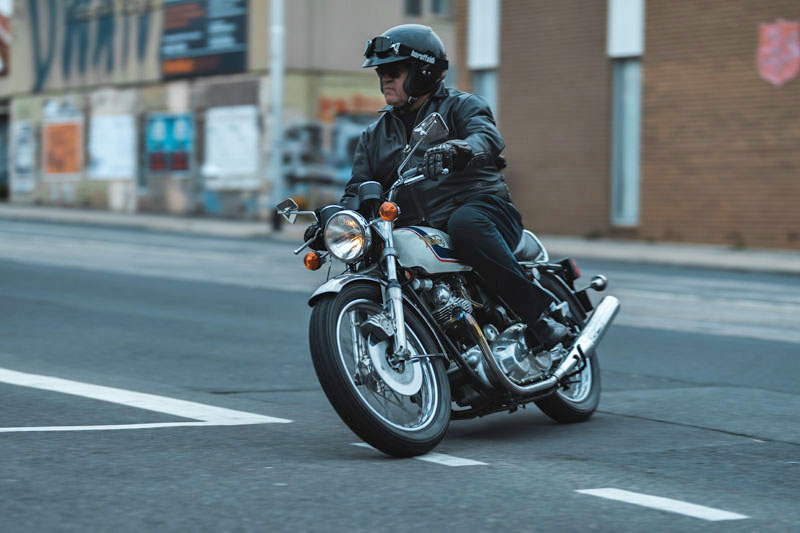
Overseas or here?
While there are a few professional importers still
shipping in classic motorcycles, the business is not as
good as it was a few years ago.
For private importers, the costs and paperwork required (for example when it comes to asbestos checks) have risen in the last five years. It’s now at a point where you’d be well-advised to seek a pro who can jump through the hoops for you. For example, Jon Munn at Classic Style offers an import service.
Another issue is the exchange rate, which has very much swung against us over the last several years.
However, one of the problems with buying locally is that our relatively benign year-round riding season and big distances between population centres, mean that motorcycles actually get worn out.
That’s where getting something from somewhere like North America, where bikes often get locked away in winter and forgotten, sometimes has appeal.
A local sale, however, means you’re on firmer ground if there’s an issue, and you can eyeball the thing in advance.
-------------------------------------------------
Produced by AllMoto abn 61 400 694 722
Privacy: we do not collect cookies or any other data.

Archives
Contact



